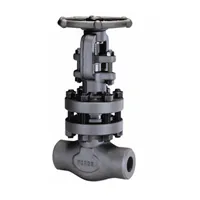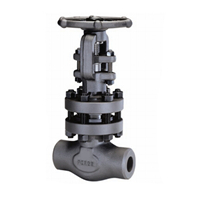
May
Stellite Alloy Surfacing Repair Processes of 15CrMo Forged Gate Valves (Part Two)
2. Technical difficulties of on-site repair of gate valve seats 2.1 Characteristics of materials of valve seats The surfacing material of the gate valve seat is Stellite6. It belongs to the Co-Cr-W-C series of alloys, which is a classic series of Stellite alloys. It is characterized by small alloying elements and high carbon content. This series of alloys have good hardness, good wear resistance, good temperature resistance and cavitation resistance, and poor toughness. The...


















